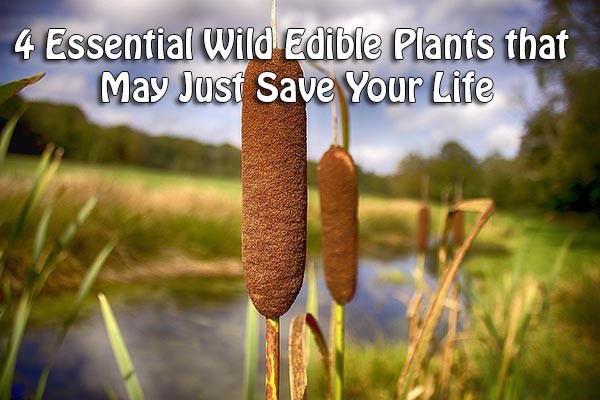4 Essential Wild Edible Plants that May Just Save Your Life
Make sure to like Living Green and Frugally on Facebook, Shop at Amazon to help support my site and explore our PINTEREST BOARDS for innovative ways you can become self-sufficient.
Edible wild plants are much more nutritious than their domestic counterparts…if there is one. Only the strongest wild plants survive, leaving the best, and most nutritious of the line to continue the species. Wild plants have survived on their own without the help of modern agricultural practices.
The healthiest grow in soil that has not been farmed. Their domestic counterparts on the other hand, have been spoon-fed with the equivalent of steroids to keep them alive and grow as large as possible. check out thees 4 Wild Edible Plants that May Just Save Your Life
